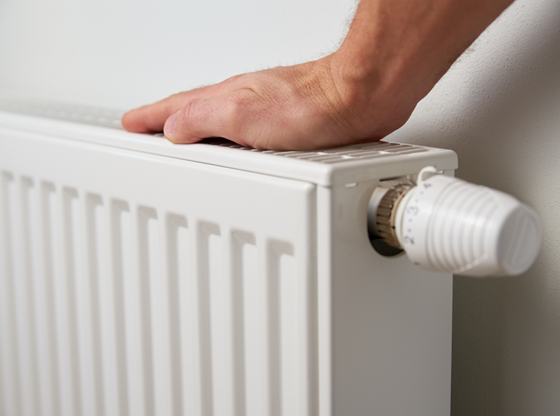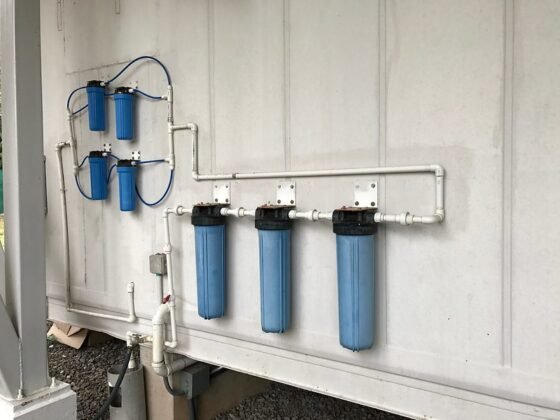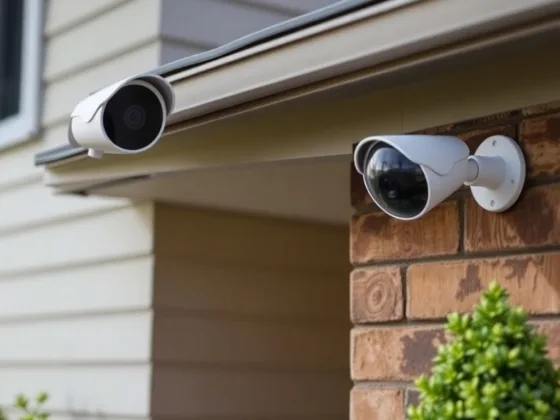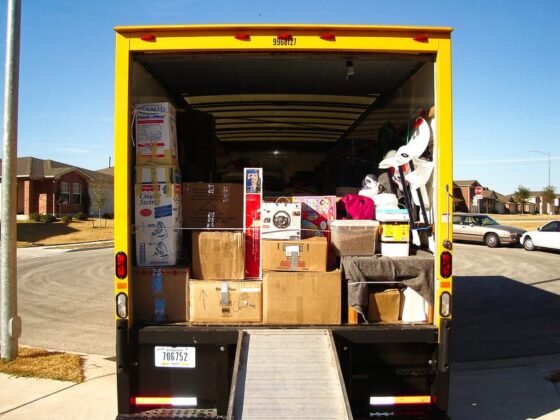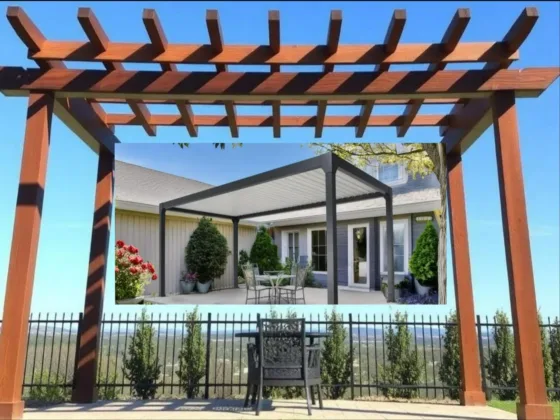Table of Contents Show
More and more seniors are opting to age in the comfort of their own homes rather than move to assisted living facilities.

With some thoughtful DIY improvements and modifications, you can adapt your home to be safer and more accessible for elderly or disabled residents.
Read on for tips to help you get started.
Evaluate Accessibility and Safety
First, do a thorough walk-through of your home to identify any accessibility or safety concerns. Check all entryways, doorways, and hallways for narrow passages that could impede wheelchair or walker access.
Note any areas where grab bars, railings, or leverage handles could help prevent falls. Ensure lighting is adequate throughout the home, especially in bathrooms, hallways, and staircases.
Watch out for tripping hazards like area rugs and clutter. The goal is to remove obstacles and improve navigation for those with limited mobility.
Simple Kitchen Upgrades
The kitchen is often the heart of a home, and it deserves some senior-friendly upgrades. Adjust cabinet and appliance heights so items can be reached from a seated position.
Consider installing pull-down shelving or Lazy Susan cabinets to improve access. Upgrade appliances to ones with front controls and anti-tip features.
Make sure pathways in and out of the kitchen are wide and obstacle-free. Non-slip flooring is a must. These simple changes allow elderly home residents to maintain independence in the kitchen.
Bathroom Modifications
Bathrooms deserve ample attention when modifying your home for aging in place. Begin by replacing narrow doors with wide, wheelchair-accessible openings. Install grab bars near toilets and in the tub/shower for stability.
Mount a shower seat for resting and easy transfers. Use textured anti-slip flooring to prevent falls. Ensure toilets are at a comfortable height with available armrests for support.
Improve lighting, install a handheld showerhead, remove trip hazards, and widen pathways to make bathrooms safer and more user-friendly.
Leverage Smart Home Technology
Today’s smart home gadgets offer wonderful aging-in-place benefits. Motion sensor lights illuminate hallways if someone gets up at night. Video doorbells allow residents to see and speak with visitors without opening the door.
Smart locks provide family caregivers remote access. Remote monitoring systems and wearable medical alert devices summon emergency help with the push of a button.
Voice control assistants like Alexa allow seniors to control their environment and manage tasks hands-free. Install technology that provides security, control, and connection.
Create a Multi-Purpose First Floor Living Space
For aging homeowners with mobility limitations, having an accessible first-floor living space is crucial. Convert a den, sunroom, or dining room into a master bedroom and bath.
Install a sleeper sofa and TV in the living room to accommodate overnight guests and caregivers. Set up a home office space with room for medications, files, and personal documents.
Build out an open floor plan that seamlessly connects living, cooking, and dining areas. The goal is to create a safe, comfortable living environment without navigating stairs.
Declutter and Organize
Clutter is the enemy of safe, accessible homes. Do a deep clean and purge of your space. Eliminate tripping hazards like electrical cords and small furniture.
Donate unused items to maximize space. Organize cabinets, closets, and storage areas. Have medications and frequently used items on easy-to-reach shelves and surfaces.
Proper lighting is key. The more organized and decluttered a home, the safer it is for aging adults.
Find Senior-Friendly Contractors
Some home modifications like stairlifts, complex bathroom renovations, and doorway widening may require professional help. Search for contractors or handymen in your area who specialize in senior-friendly home adaptations and accessibility features.
Many services offer free at-home consultations to evaluate your space. Ask friends and family for referrals or contact a geriatric care manager for recommendations. With the right contractor, you can undertake major remodeling projects tailored to your unique needs.
Know Your Limits
While many accessibility improvements can be DIY-ed, recognize your own physical limitations. Tasks like installing grab bars, adjusting door hinges, and removing carpeting often require mobility, strength, and balance.
Seniors who lack sturdy footing or have chronic health conditions, leave dangerous work to the professionals. Some jobs also require electrical, plumbing, or construction experience. Don’t take unnecessary risks – it’s better to pay for help than risk a preventable accident.
When to Consider Assistance
If aging at home starts to become challenging even with home modifications, it may be time to bring in professional elder care services. Aging life care specialists, sometimes called geriatric care managers, can do in-home assessments and recommend assistive equipment and technology.
Home health aides can monitor health situations such as elderly weight loss and lend a hand with chores, bathing, errands, and transportation a few hours per week. Adult day programs allow seniors to socialize and enjoy activities in a community setting during the day. ultimately, the goal is maintaining independence at home for as long as feasibly possible.
Conclusion
With some thoughtful planning and DIY renovations, you can adapt your home to be more comfortable, accessible, and safe for aging loved ones.
Remember to focus on improving navigation, accessibility, lighting, and safety with your home modifications.
And don’t hesitate to call in professional assistance if needed – there are many elder care services available to support seniors wishing to age in place.
With the right preparation, you can ensure your home accommodates your needs now and in the future.

